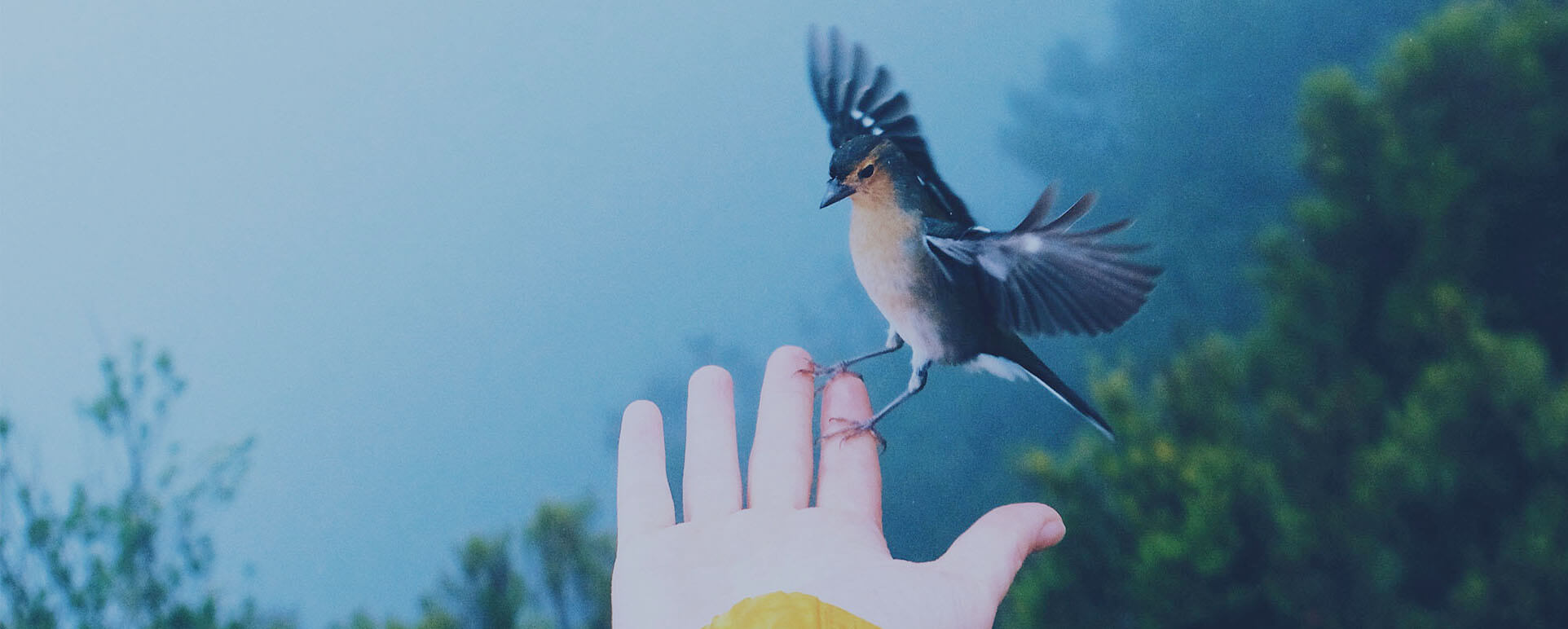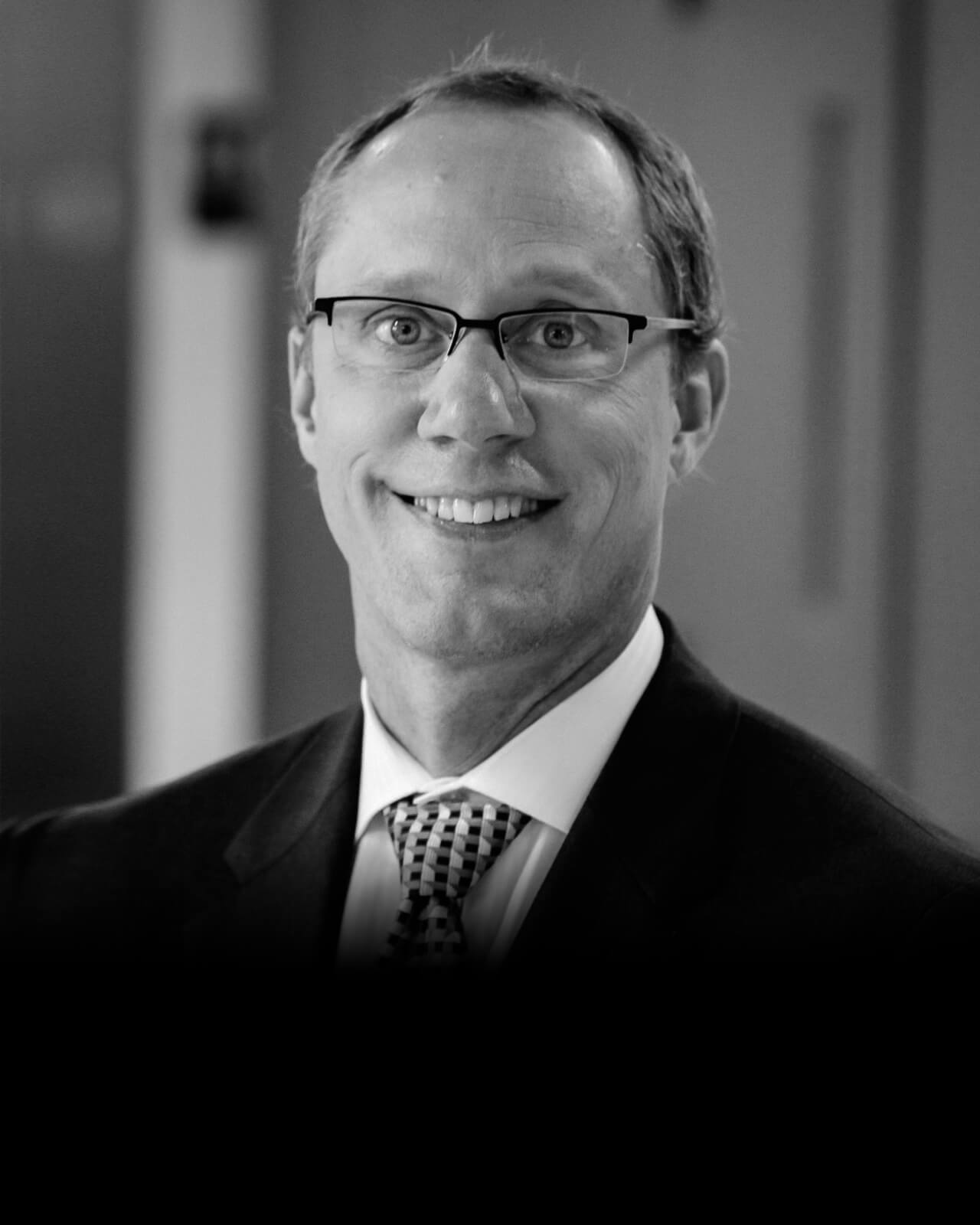If I knew then what I know now: I’d build a team, not a club
Managing Partner
“If I Knew Then What I Know Now” is a series of bylines from small-agency executives about the lessons they have learned in building their shops.
Early on when I started AHA, I made the mistake of hiring people who were more like me and my partners, and I failed to understand the true value of diversity. And by diversity I don’t mean only race and gender, although those play a role.
Personal history. Educational background. Activities. Interests. I was looking for the cultural “fits” instead of seeking out cultural “adds.” And that meant our business became more of a club than a team.
We all shared similar (if not identical) attitudes, professional mindsets and work ethics, and we approached problem-solving the same way. I thought the common traits made us stronger, but I was wrong. Instead of making us resilient and confident, it made us narrow and lacking in perspective.
If I had the opportunity, I’d do a couple things differently from the outset.
Look for challenging perspectives
We do want and need more people of color and a balanced gender mix, but I realize now that it takes more to create work that engages audiences and helps clients. We need individuals who will challenge our entrenched ways of thinking and add something new and substantive to the overall mix.
I’ve learned how people from different backgrounds, or with opposing perspectives, can make unexpected and remarkable contributions to all aspects of agency work and life. And once in a while, one of those perspectives can persuade you to alter your own personal point-of-view on a given issue or project. Often, it should.
Wide-ranging viewpoints, opinions, backgrounds, lifestyles, mindsets and outlooks also make our agency more attractive to a wider range of clients. Our diversity better equips us to deliver more comprehensive and engaging work that resonates with broader audiences.
Not only that—it keeps us honest. We know with certainty that are always two (or more) sides to every story, because they’re sitting at the table.
Take a careful look in the mirror
That said, it does pay to see yourself clearly, which is something else I wish I’d known earlier.
As marketers and communicators, we invest a lot of time in getting to know our audiences. What motivates them, what inspires them, what makes them tick. What makes them different.
When I started this business, I could see all of that for everyone else. But I couldn’t do the same for myself. I took for granted a lot of the qualities and strengths that differentiate me and make me unique in what I can bring to my business, my clients and my people.
By assuming that nearly everyone saw the world as I did, I didn’t just miss out on the benefits of diversity—I shortchanged my own leadership development.
It sounds obvious now: Everyone’s brain works differently. Some of us naturally connect dots that others don’t. Some of us have a knack for spotting what others miss. We all process what we see and hear in uniquely valuable ways. But when you live in your own skin every day, it can be hard to see what stands out about it.
And you can’t take advantage of something you don’t understand.
Today, intentional self-awareness helps me be a better leader, decision-maker, collaborator and partner to my clients, because it drives me to play to my strengths. Spending the time to develop a more comprehensive knowledge of my own personal abilities (and liabilities) helps me perform to the fullest extent of my capabilities. I didn’t understand that when I was younger; I do now.
This article originally appeared in Ad Age as a part of their “If I Knew Then What I Know Now” series.













